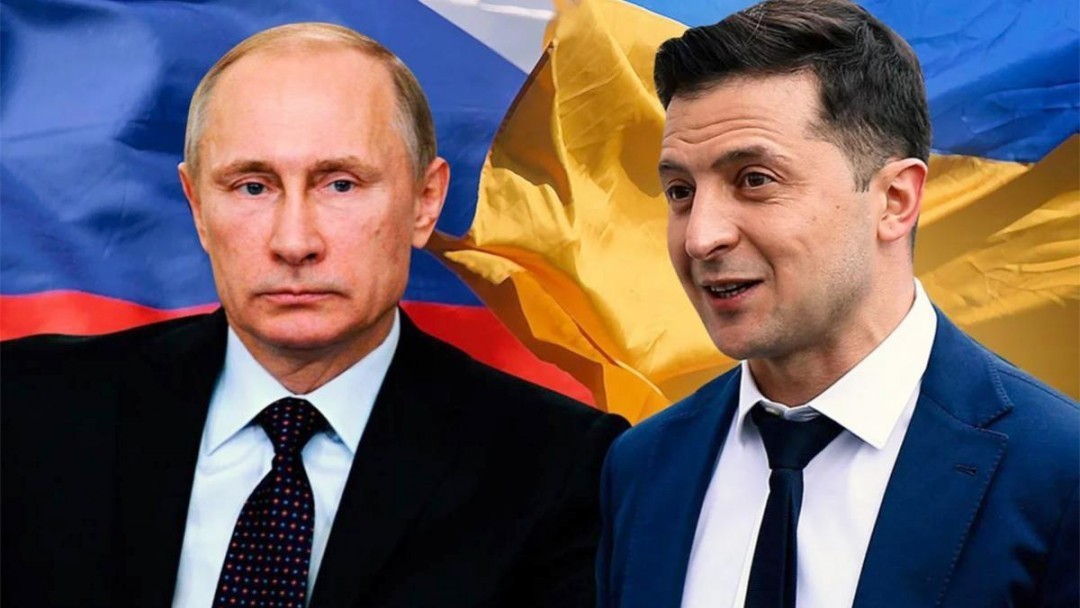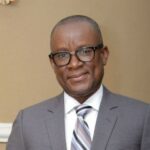
And last week Milley compared the current situation to World War I, when the two sides ground to a stalemate within months but kept fighting for three more years at the cost of millions of lives.
He said Wednesday that the Russians are now reinforcing their hold on about 20 percent of Ukraine territory, and that the front lines from Kharkiv down to Kherson are stabilising.
“The probability of a Ukrainian military victory, defined as kicking the Russians out of all of Ukraine, to include … Crimea, the probability of that happening anytime soon is not high, militarily,” he said.
“There may be a political solution where, politically, the Russians withdraw, that’s possible,” Milley added.
“You want to negotiate from a position of strength. Russia right now is on its back,” he said.
White House national security spokesman, John Kirby, insisted Friday that the United States is not trying to force Kyiv to hold talks or cede territory.
Only Ukrainian President, Volodymyr Zelensky, “gets to determine if and when he’s ready for negotiations and what those negotiations look like,” Kirby told reporters.
“Nobody from the United States is pushing, prodding or nudging him to the table.”
But earlier this month Zelensky dropped his precondition that Russian President, Vladimir Putin, had to be out of power before he agreed to talks — a shift, the Kyiv Post reported, that came after White House pressure.
And on Monday CIA Director, William Burns, held talks with Russian SVR intelligence chief, Sergei Naryshkin, in Ankara, the highest-level in-person meeting of US and Russian officials since the war began in February.
The details of their meeting remain secret, but Burns flew to Kyiv to meet with Zelensky immediately afterward.
Burns “is not conducting negotiations of any kind . . . We firmly stick to our fundamental principle: nothing about Ukraine without Ukraine,” the White House insisted.
AFP




